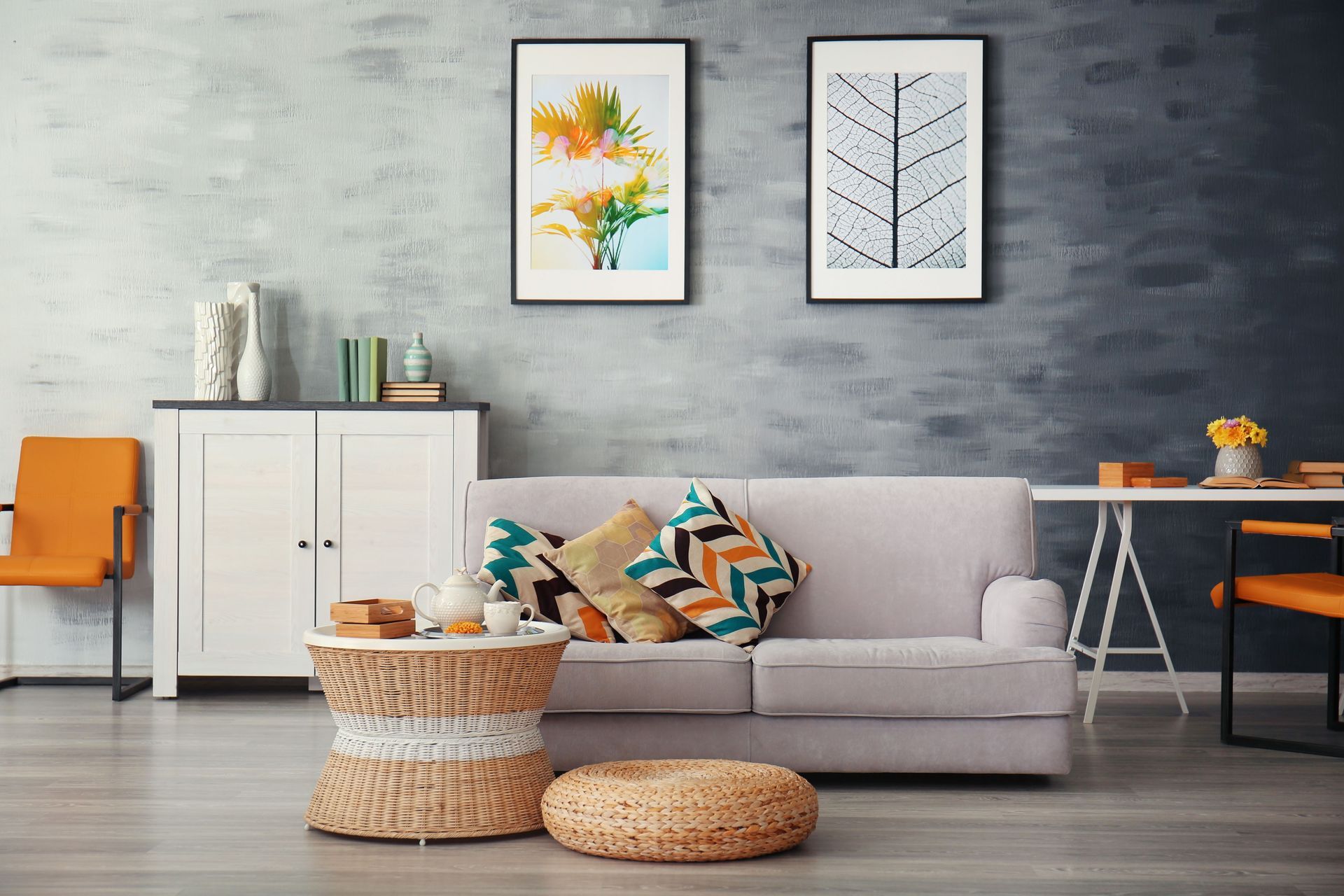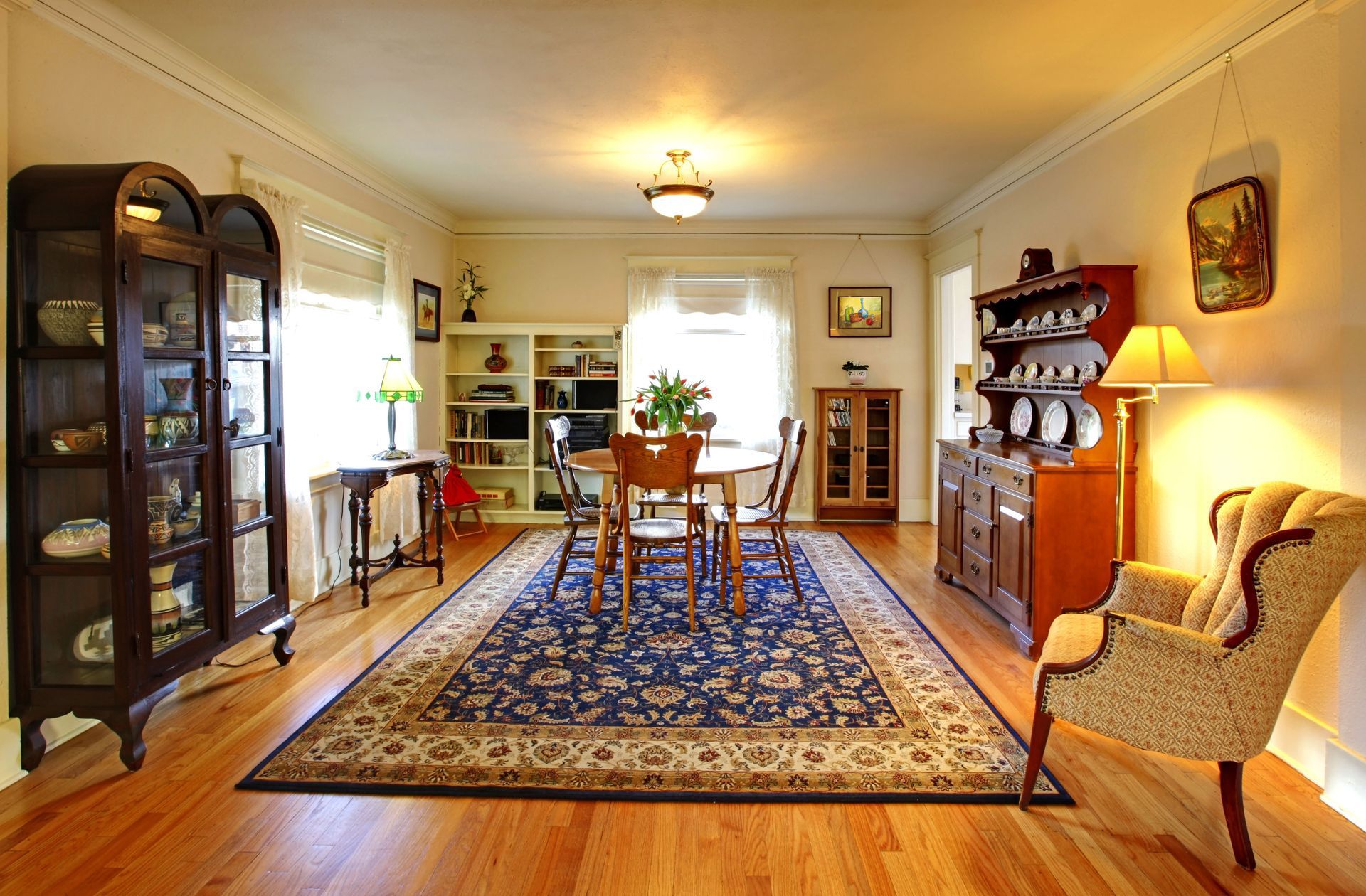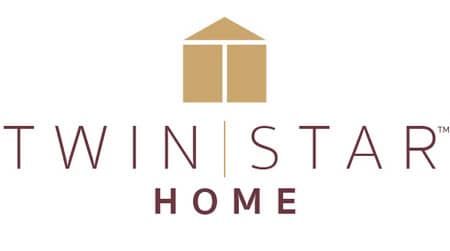September 17, 2025
In the ever-evolving landscape of the furniture industry, the rent-to-own sector is emerging as a dynamic player with significant growth potential. With over 66% of Americans having bought furniture in 2024, according to Provoke Insights, the most popular items being mattresses, lighting, and bedroom sets, it’s evident that the demand for new and innovative purchasing models is high. Understanding the key trends shaping the local rent to own furniture market is essential for businesses seeking to thrive in this competitive environment. As 2025 approaches, we find ourselves at the cusp of transformative changes, driven by technological advancements, consumer preferences, and economic factors that are set to redefine the industry. Against this backdrop, our exploration of the upcoming trends provides a roadmap for businesses and consumers alike, highlighting the opportunities and challenges that lie ahead.
Rise of Repurposed Materials
The increasing consumer demand for sustainable and eco-friendly furniture options is driving significant changes within the rent-to-own market. One notable trend is the rise of repurposed materials in furniture design, which aligns with growing environmental awareness and responsibility. By utilizing recycled and upcycled materials, manufacturers can reduce waste and conserve resources while creating stylish and unique furniture pieces. This sustainable approach not only benefits the environment but also appeals to consumers who prioritize eco-friendly products in their purchasing decisions. As this trend continues to gain traction, local rent to own furniture businesses are well-positioned to capitalize on the movement by offering environmentally conscious solutions that meet consumer expectations.
Repurposed materials offer a wide range of creative possibilities, allowing designers to explore innovative concepts and aesthetics that cater to diverse consumer preferences. By transforming discarded materials into functional pieces, companies demonstrate a commitment to environmental stewardship, which resonates with socially conscious renters. This approach also fosters a sense of authenticity and uniqueness, as each piece carries its history and character. As the movement toward sustainable living grows, consumers are increasingly seeking out furniture solutions that minimize environmental impact, giving local rent to own furniture companies a competitive edge in the market through creative and sustainable offerings.
The adoption of repurposed materials within the rent-to-own sector represents a shift toward circular economy principles, where waste is minimized, and resources are reused. This model not only appeals to environmentally conscious consumers but also supports cost-effective production methods by reducing the need for raw materials. As we approach 2025, the integration of repurposed materials into furniture design is expected to expand, driven by both consumer demand and regulatory pressures to adopt more sustainable practices. This trend positions the rent-to-own industry as a leader in sustainability innovations, contributing to the broader goal of reducing the carbon footprint of the furniture industry.
Energy-efficient Furniture Manufacturing
In the pursuit of sustainability, energy-efficient manufacturing practices have become a critical focus for the rent-to-own furniture industry. Energy efficiency offers a competitive edge by reducing production costs, minimizing environmental impact, and aligning with consumer values that prioritize eco-consciousness. By adopting energy-efficient technologies and processes, manufacturers can lower their carbon footprint while producing high-quality furniture that meets modern standards. These practices include optimizing energy use throughout production lines, utilizing renewable energy sources, and implementing resource-efficient techniques that minimize waste and emissions. As businesses recognize the environmental and economic benefits of energy efficiency, the trend is set to become a cornerstone of sustainable manufacturing within the sector.
Energy-efficient manufacturing also enhances product durability and performance, contributing to the longevity of furniture solutions. By prioritizing quality and sustainability throughout the production process, companies can offer products that withstand wear and tear, ultimately reducing the frequency of replacements and waste generation. This aligns with consumer expectations for durable and responsible investments, particularly in the rent-to-own market where affordability and value are key considerations. As energy-efficient practices continue to gain momentum, companies adopting these methods position themselves as industry leaders committed to driving positive environmental change and offering superior products.
The transition to energy-efficient furniture manufacturing is further supported by regulatory incentives and programs that encourage sustainable business practices. Government initiatives, tax credits, and grants promote energy conservation efforts, providing financial support to manufacturers seeking to enhance their operations. As the furniture industry adapts to these evolving standards, energy efficiency emerges as an essential aspect of operational efficiency and environmental stewardship. The widespread adoption of sustainable manufacturing practices is set to transform the rent-to-own market, driving innovation, competitiveness, and consumer loyalty through eco-conscious solutions.
Increased Focus on Biodegradable and Natural Materials
The shift toward biodegradable and natural materials reflects a growing consumer interest in environmentally responsible local rent to own furniture options that prioritize sustainability and health. Biodegradable materials, such as bamboo, cork, and natural fibers, offer eco-friendly alternatives to traditional synthetic materials that often contribute to landfill waste. This trend is fueled by increasing awareness of the environmental impact associated with furniture production and disposal, prompting consumers to seek out products that reduce their ecological footprint. For local rent to own furniture businesses, integrating biodegradable materials into furniture design not only aligns with consumer values but also supports the transition to a more sustainable economy through innovation and resource conservation.
Natural materials offer several advantages, including non-toxic composition and renewable sourcing, making them appealing choices for health-conscious consumers. In addition to their sustainability benefits, natural materials often provide aesthetic and tactile qualities that contribute to the overall appeal of furniture designs. Local rent to own furniture companies incorporating these materials into their offerings can attract a customer base that values not only functionality and style but also the origin and impact of their purchases. As the trend toward sustainable living gains momentum, the demand for biodegradable furniture solutions is expected to rise, driving market growth and opportunities for innovation within the sector.
The transition to biodegradable and natural materials also aligns with broader industry trends toward transparency and accountability in sourcing and production processes. By embracing these materials, local rent to own furniture businesses demonstrate a commitment to ethical practices, promoting responsible consumption and production. This approach resonates with environmentally and socially conscious consumers seeking meaningful investments that reflect their values. As we approach 2025, the increasing emphasis on sustainable and eco-friendly solutions is set to reshape the furniture market, positioning local rent to own furniture companies as pioneers in the era of conscious consumerism and environmentally responsible business models.
Rising Consumer Demand for Sustainability Ratings
The rising consumer demand for sustainability ratings underscores a growing interest in transparency and accountability within the rent-to-own furniture market. Consumers are increasingly seeking verified information about the environmental and social impact of their purchases, driving the need for clear and accessible sustainability ratings. These ratings provide valuable insights into the environmental performance, ethical sourcing, and responsible practices of furniture products and manufacturers. As the importance of sustainability continues to rise, businesses must respond by adopting standardized and credible rating systems that offer consumers the information they need to make informed decisions.
Sustainability ratings offer several benefits, including enhancing customer engagement and fostering brand loyalty by demonstrating a commitment to ethical practices. By providing transparent information about the materials, production processes, and environmental footprint of their offerings, local rent to own furniture companies empower consumers to choose products that align with their values. As demand for sustainable solutions grows, businesses that integrate sustainability ratings into their marketing and communication strategies gain a competitive edge, attracting environmentally conscious customers and enhancing their brand reputation.
In this transformative landscape, success hinges on understanding and responding to these emerging trends. By staying ahead of consumer preferences and regulatory shifts, local rent to own furniture companies can build stronger customer relationships, enhance brand loyalty, and contribute positively to the environment. As the industry continues to evolve, the integration of sustainable practices, thoughtful design, and transparency will not only define market leaders but also create a more responsible and resilient furniture ecosystem for the future.




















